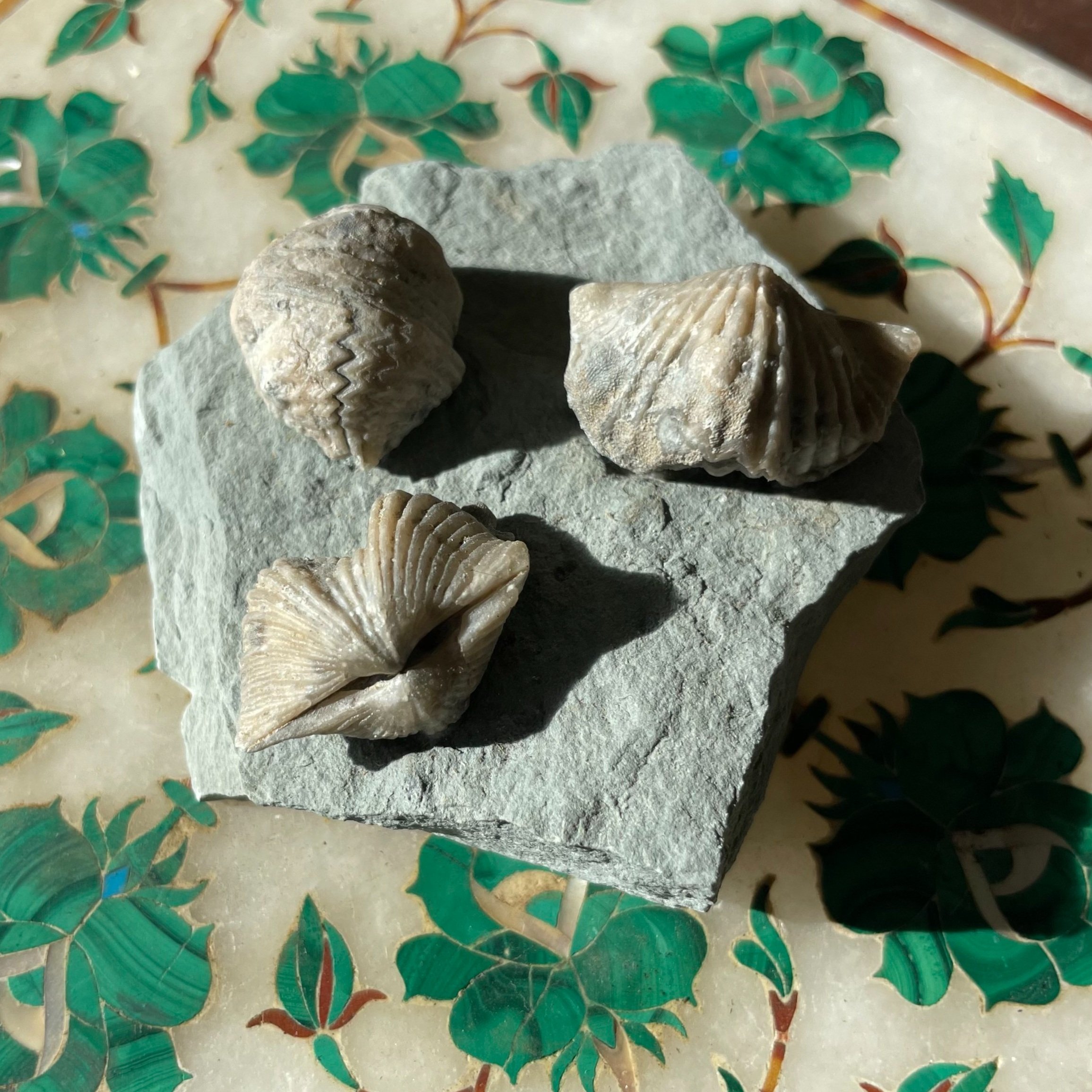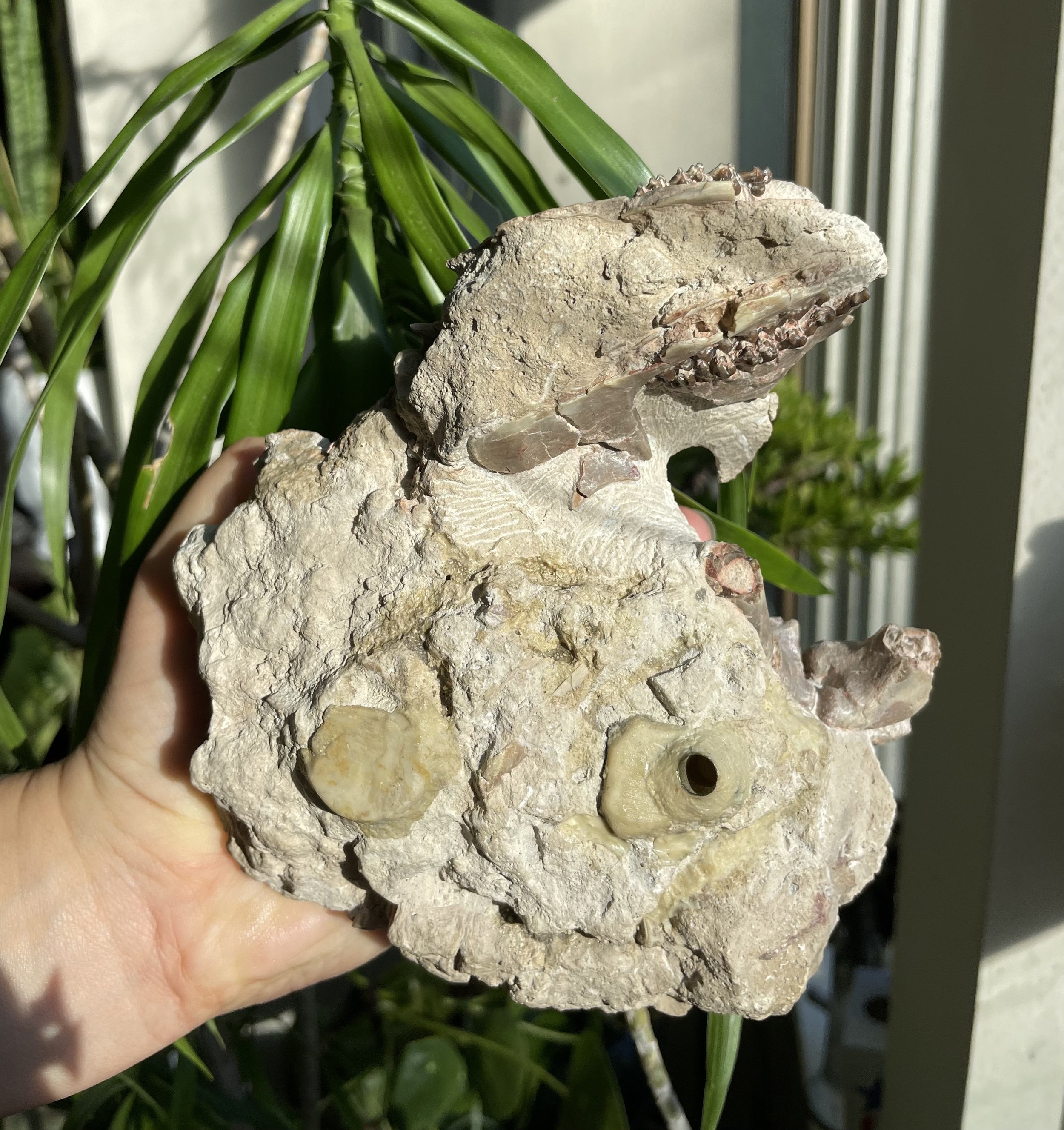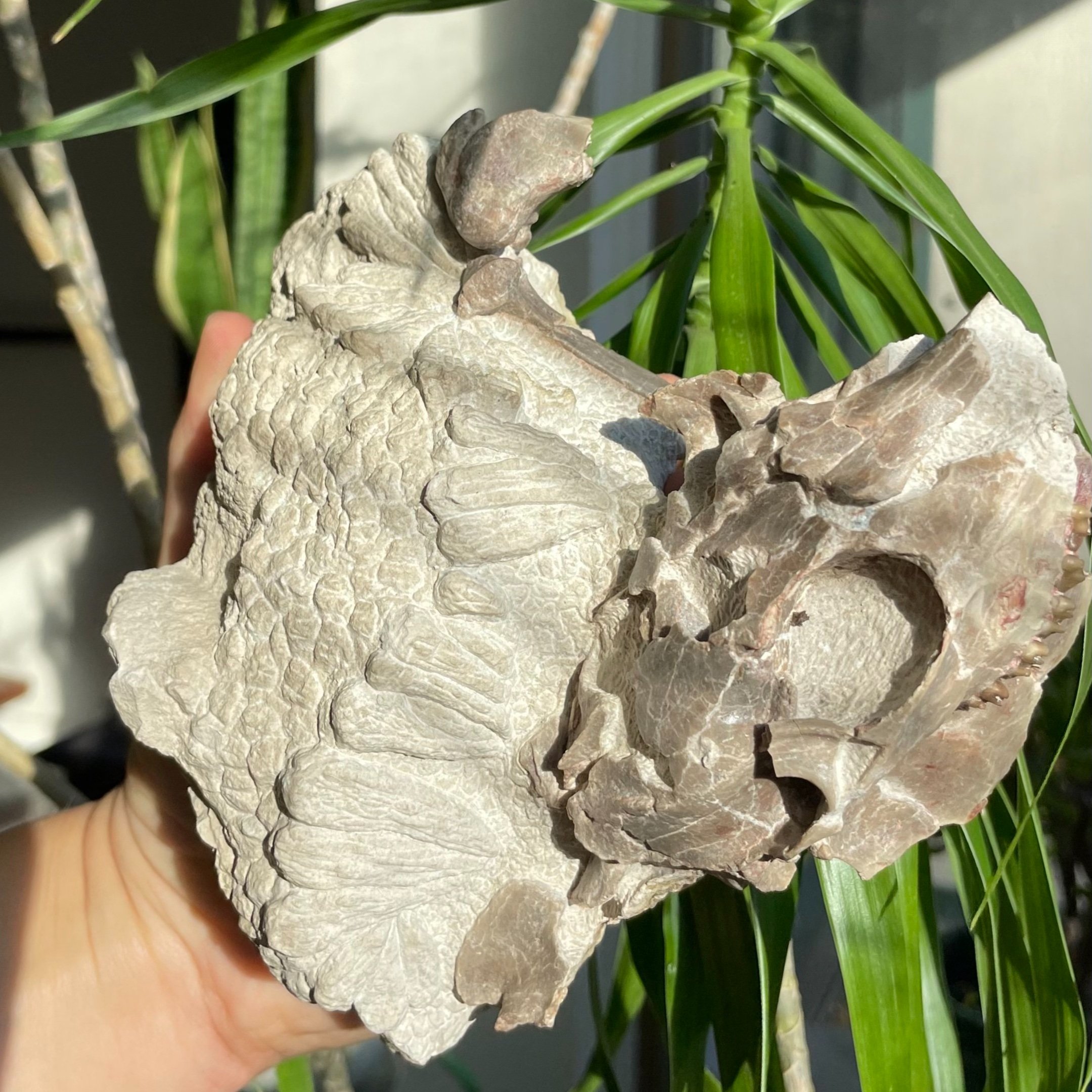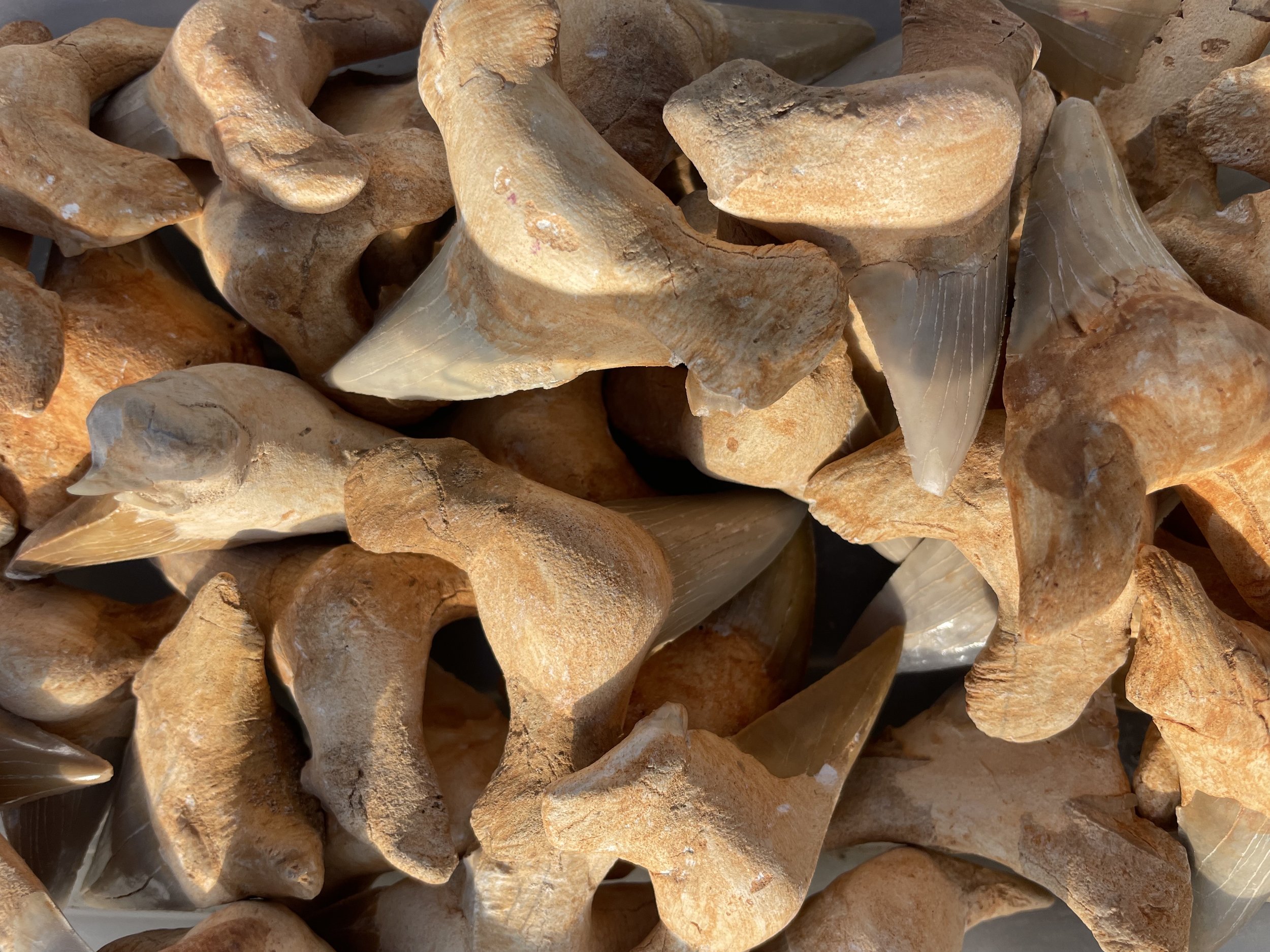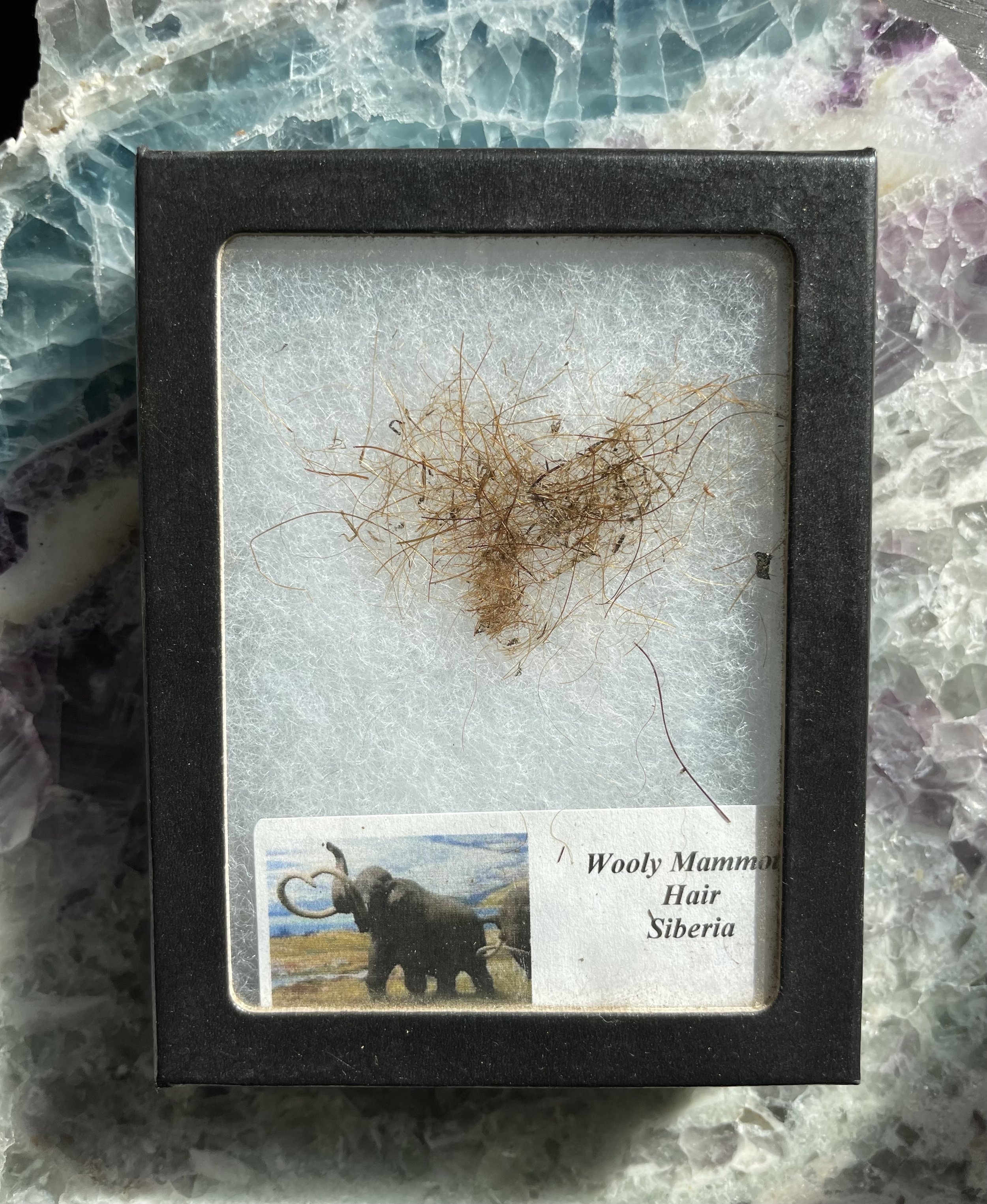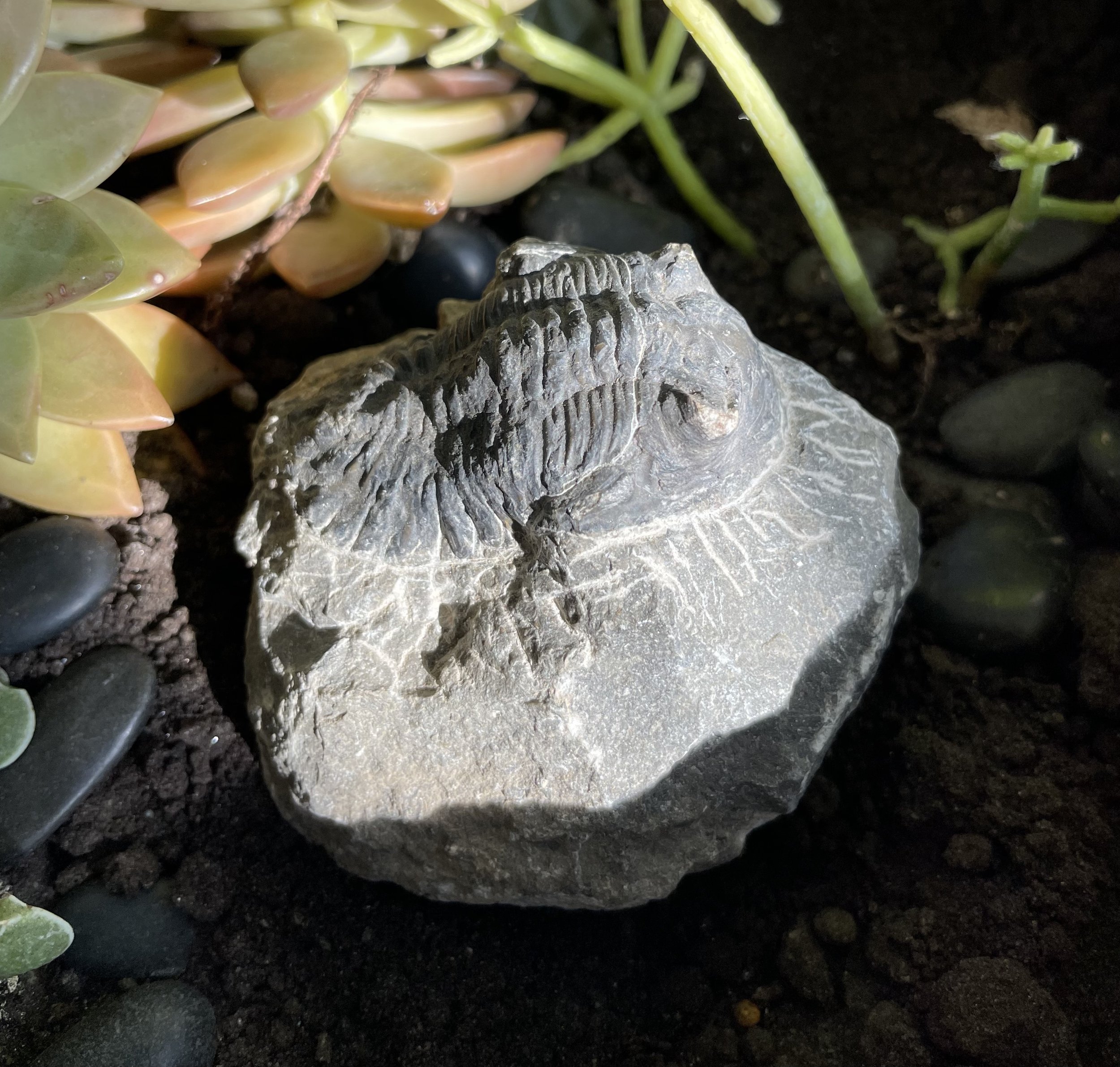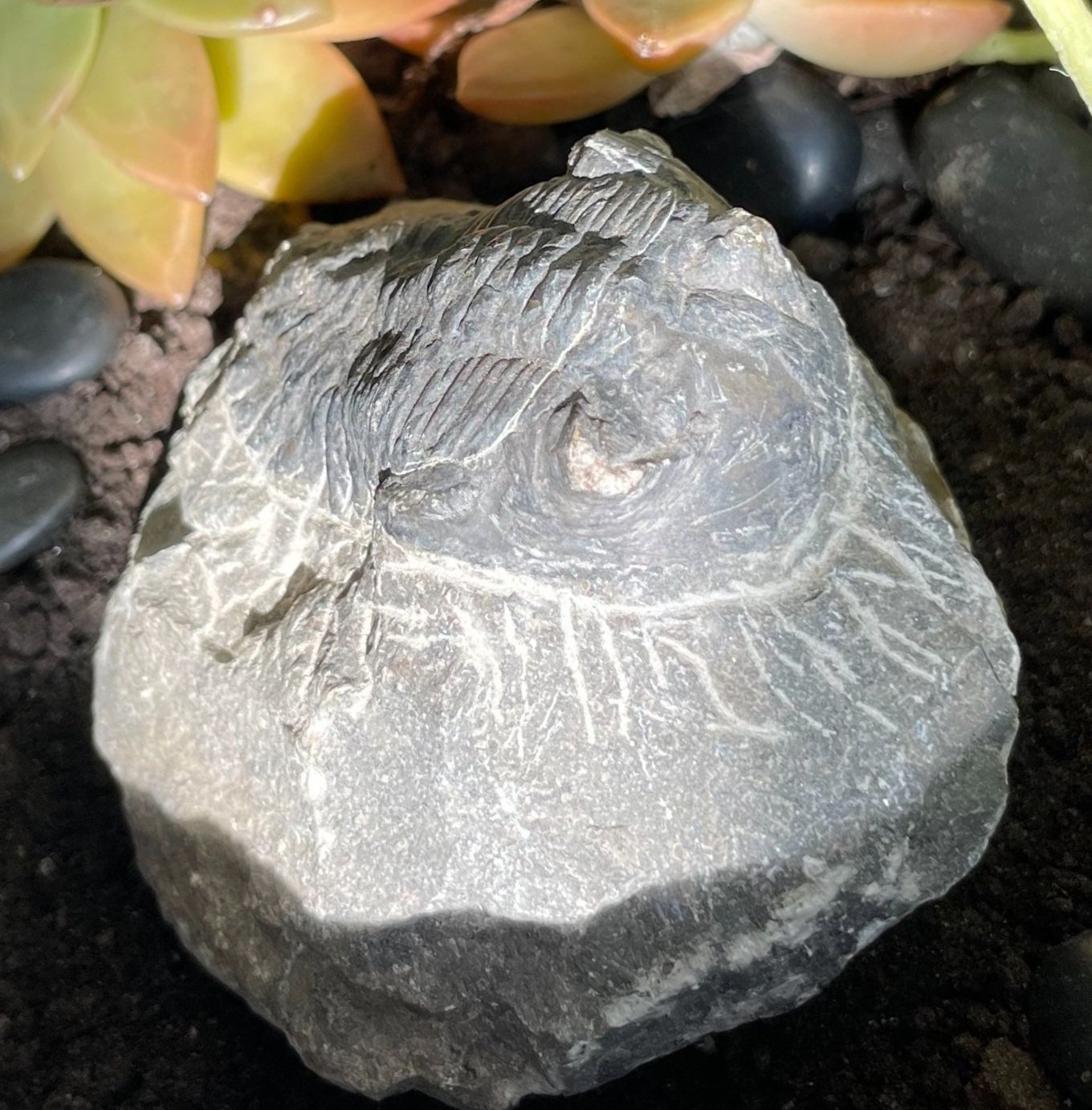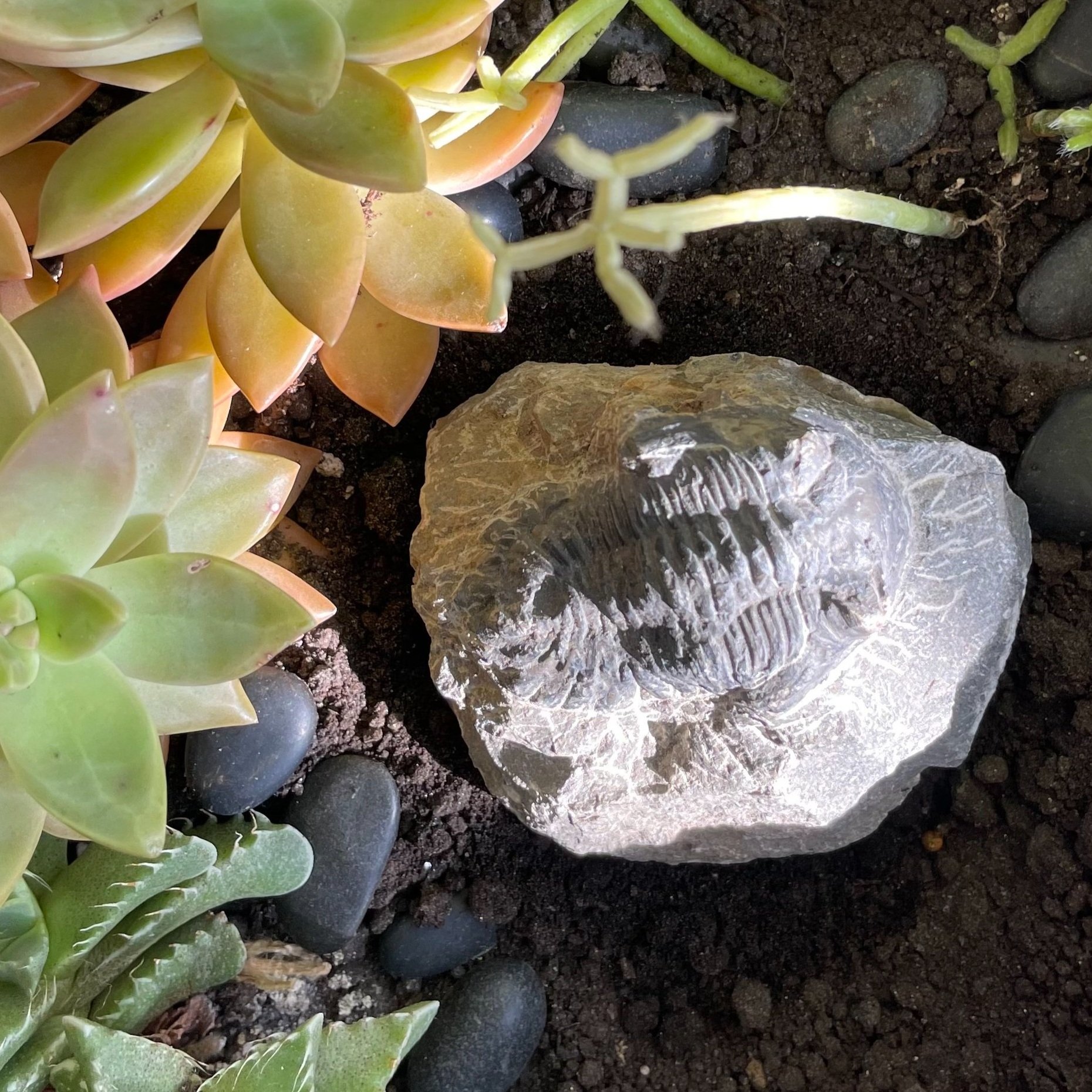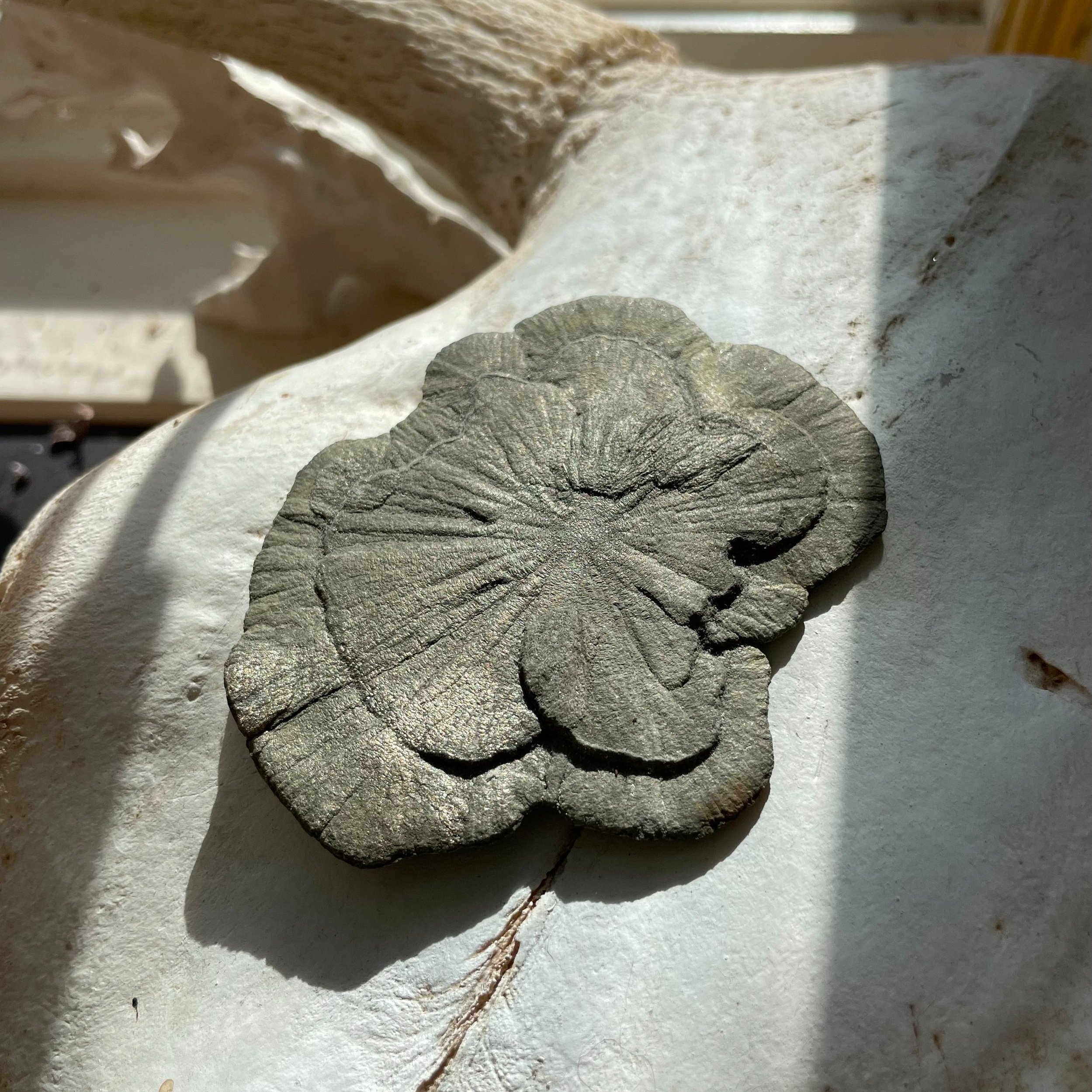Brachiopods
These fossils from the Cambrian period are around 350 million years old found in Oklahoma, USA. Measuring 65 x 61 x 27mm and weighing 82g, the shells display the characteristic bivalve structure of these ancient creatures.
Brachiopods are marine animals that lived in shallow seas, and their hard shells helped protect them from predators. They are one of the oldest groups of organisms to have survived the Cambrian explosion, providing valuable insights into early marine ecosystems. These fossils are prized for their historical significance and the glimpse they offer into ancient life.
These fossils from the Cambrian period are around 350 million years old found in Oklahoma, USA. Measuring 65 x 61 x 27mm and weighing 82g, the shells display the characteristic bivalve structure of these ancient creatures.
Brachiopods are marine animals that lived in shallow seas, and their hard shells helped protect them from predators. They are one of the oldest groups of organisms to have survived the Cambrian explosion, providing valuable insights into early marine ecosystems. These fossils are prized for their historical significance and the glimpse they offer into ancient life.
These fossils from the Cambrian period are around 350 million years old found in Oklahoma, USA. Measuring 65 x 61 x 27mm and weighing 82g, the shells display the characteristic bivalve structure of these ancient creatures.
Brachiopods are marine animals that lived in shallow seas, and their hard shells helped protect them from predators. They are one of the oldest groups of organisms to have survived the Cambrian explosion, providing valuable insights into early marine ecosystems. These fossils are prized for their historical significance and the glimpse they offer into ancient life.


